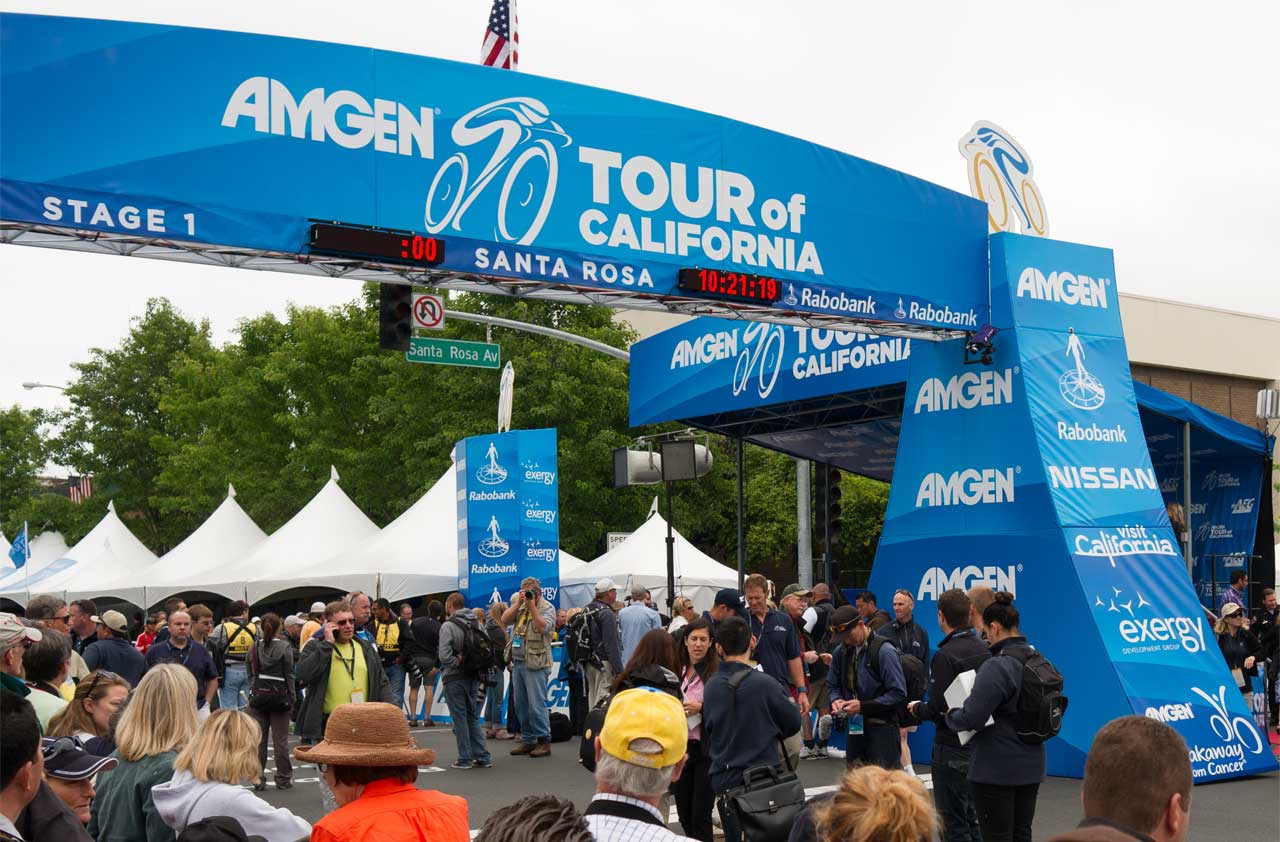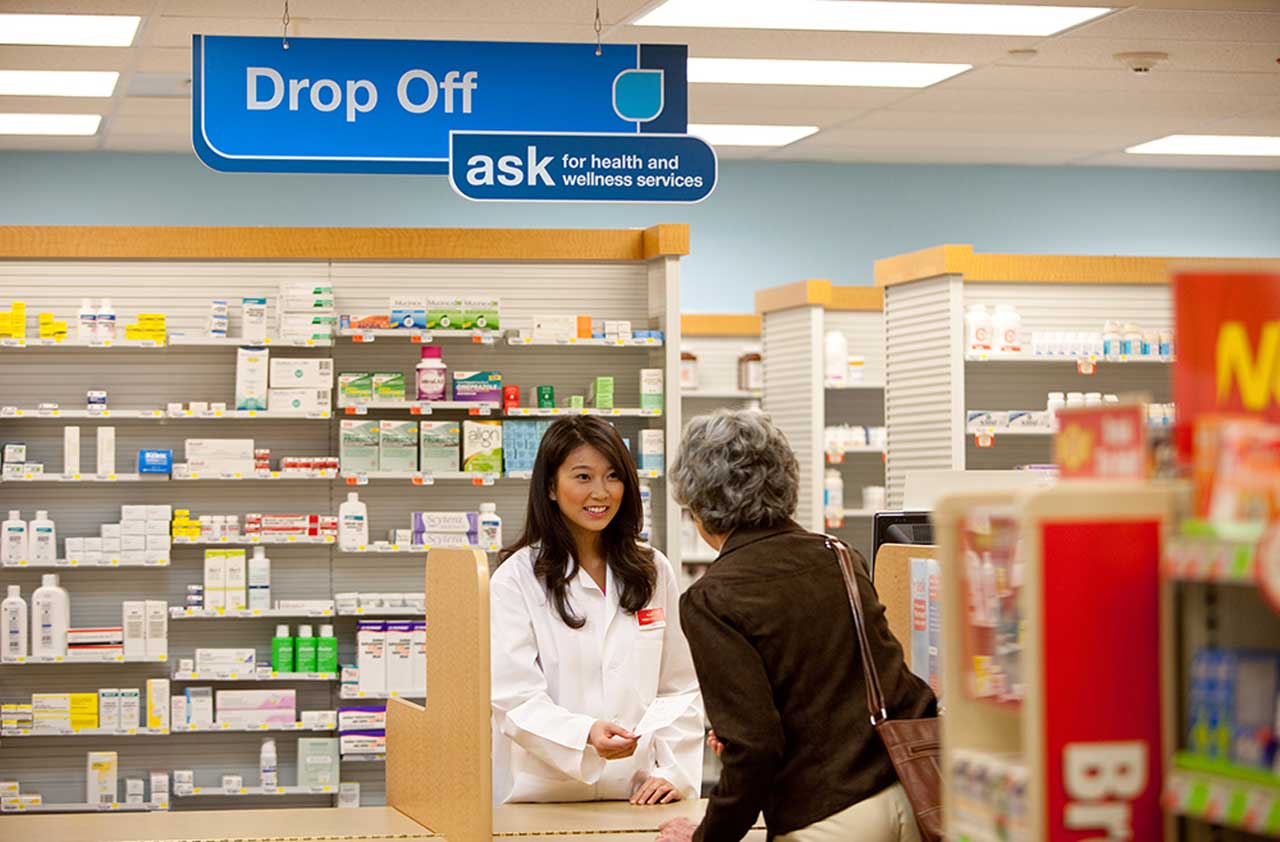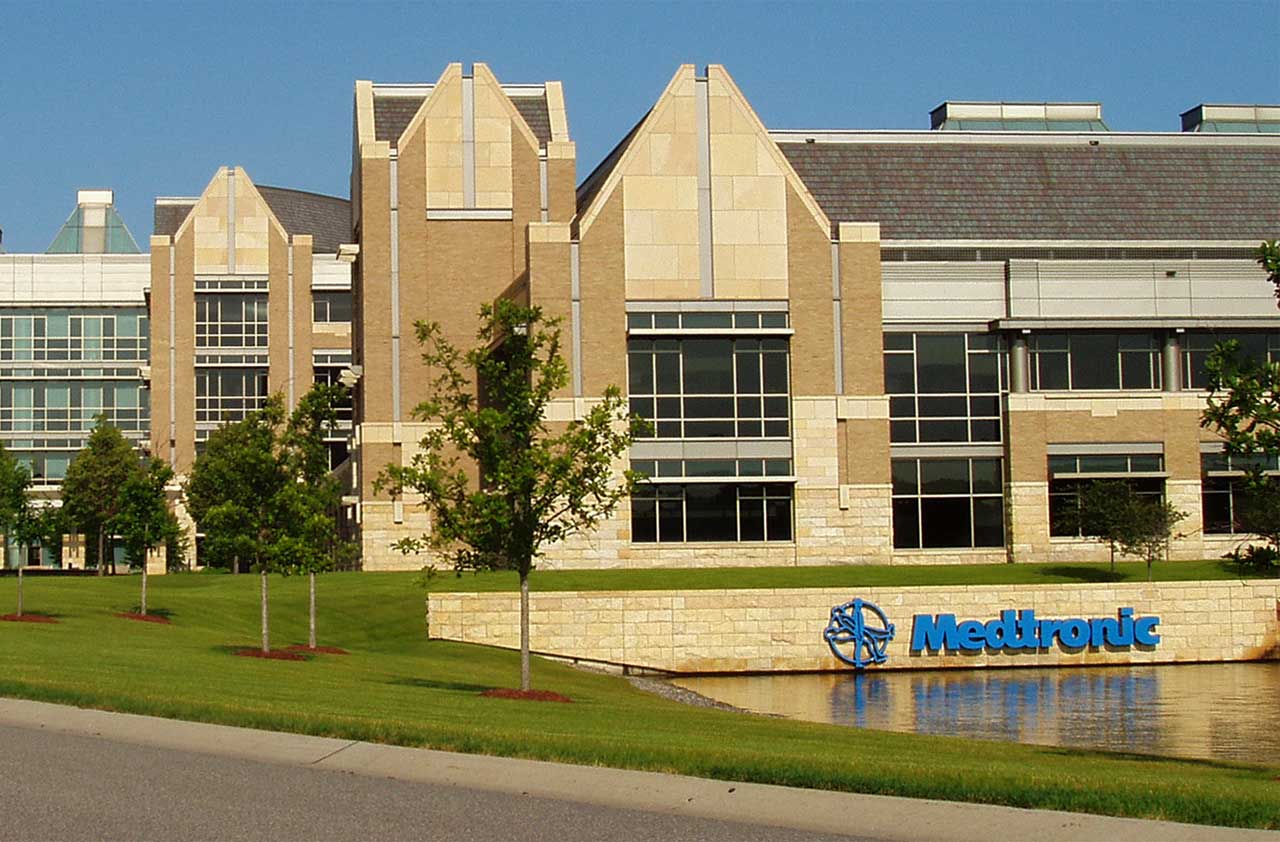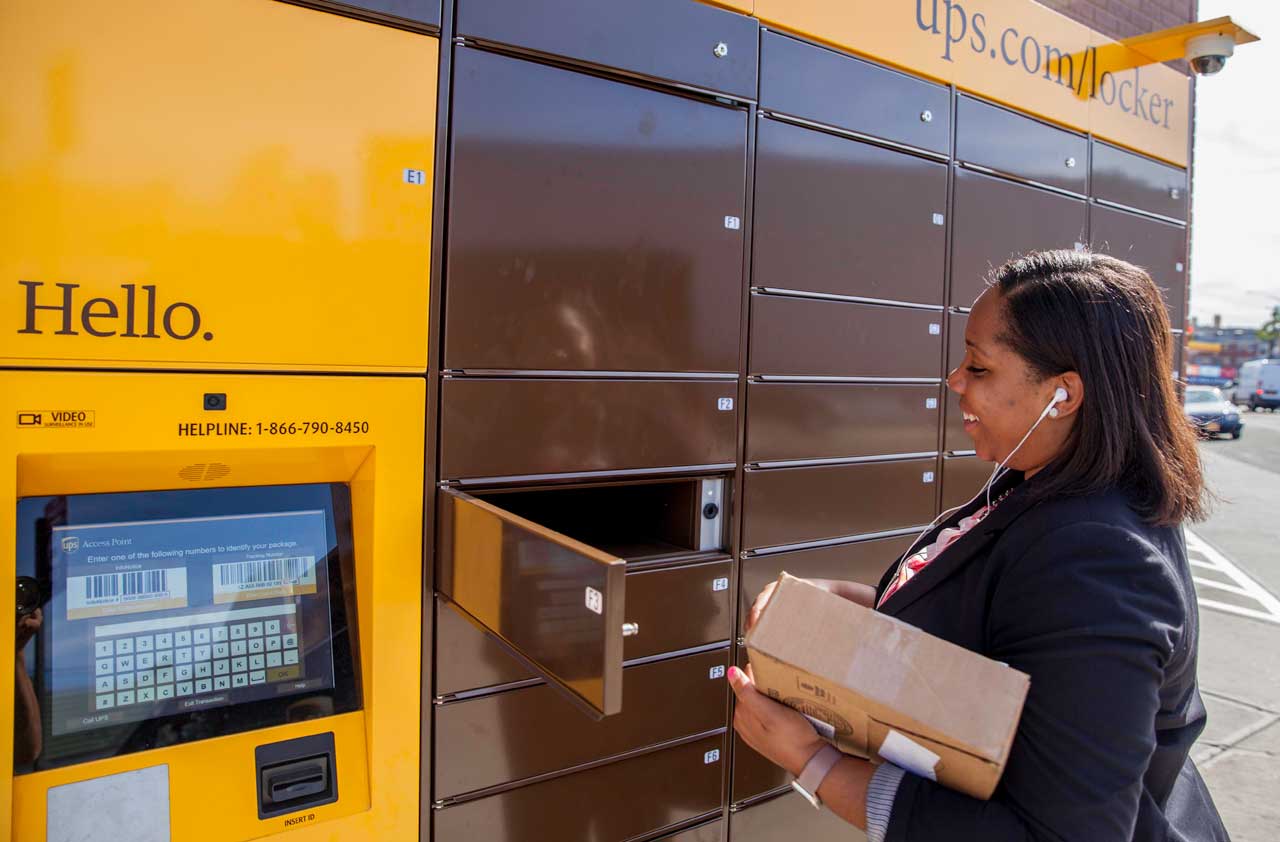Great Stocks With Rising Dividends
Investors don’t need to be sold on the beauty of dividends.


Investors don’t need to be sold on the beauty of dividends. In a world of low interest rates, companies that share the wealth in the form of a cash payout have become the darlings of Wall Street. From the start of the year through mid June, money flowing into dividend-focused exchange-traded funds reached $7.4 billion—more than seven times the total for all of 2015, according to investment firm BlackRock.
Dividends have a lot to offer. Over the long haul, they have accounted for one-third of the total return of large-company U.S. stocks. But when investing in dividend-paying stocks, you need to be choosy. The highest-yielding stocks have rallied strongly in 2016.
Companies that boost their dividend payouts regularly typically exhibit qualities associated with superior stock performance over time including strong balance sheets and steady profit and revenue increases. According to Reality Shares, a dividend research firm and ETF sponsor, from 1972 through 2015, stocks in Standard & Poor’s 500-stock index with growing dividends returned 9.8% annualized, compared with 7.2% a year for companies with static dividends and 2.5% annualized for companies with no payout.
Here are seven companies with good dividend growth prospects.
Prices and related figures are as of July 18. Price-earnings ratios are based on estimated earnings over the next four quarters. According to rankings from Reality Shares, all seven of our picks have more than a 90% probability of increasing their dividends over the coming 12 months. Most have yields that beat the 2.1% current yield on the S&P 500; almost all beat the scant 1.6% offered by 10-year Treasury bonds.

Amgen
- Symbol: AMGNShare price: $162.93Market capitalization: $121.7 billionAnnual dividend rate: $4.00Dividend yield: 2.5%Five-year dividend growth rate: Not applicablePrice-earnings ratio: 15
- SEE ALSO: Great Stocks to Buy While They Are Cheap
Amgen doesn’t have a long dividend history, but the one that it has is impressive. The biotech giant initiated a 28-cent-per-share quarterly dividend in August 2011, so it’s one quarter shy of a five-year history. But since it began paying a dividend, the quarterly payout has grown to $1 per share, or an annualized rate of 31%.
If you think of the biotech business as a sexy race car, think of Amgen’s financial strength and safety as akin to your dad’s old Buick. Free cash flow per share has more than doubled in the past five years. “Clearly the company has enough cash flow to fund the dividend and subsequent increases,” says Jeff Loo, an analyst at S&P Global who recommends the stock.
But even race cars can’t keep up a breakneck speed forever. “I don’t see dividend growth staying north of 20% a year. That’s a high hurdle,” says Loo. Analysts on average expect dividend hikes in the low teens over the next few years. Amgen is facing pressure from competitors with similar biological compounds to some of its key drugs, in particular to top-selling Enbrel, which is used to treat rheumatoid arthritis and psoriasis. But the company has a robust pipeline of new drugs, and, helped by cost-cutting, should deliver earnings growth of 8% this year and 10% in 2017. At 15 times estimated year-ahead profits, the stock’s price-earnings ratio is below the overall market’s P/E of 17.

Comcast
- Symbol: CMCSAShare price: $66.86Market capitalization: $162.7 billionAnnual dividend rate: $1.10Dividend yield: 1.6%Five-year dividend growth rate: 21%Price-earnings ratio: 19
Investors shouldn’t shy away because Comcast shares are trading at an all-time high, says Westwood’s Freeman. The stock’s ascent is more than defensible, given that the company’s solid growth trajectory is both predictable and sustainable. With 22 million subscribers, Comcast is the largest cable system operator in the U.S. In 2013, Comcast completed its acquisition of NBCUniversal, consisting of cable networks, broadcast TV, films and theme parks. In April, the company agreed to buy Shrek creator DreamWorks Animation for $4.1 billion. But regulators last year nixed a proposed acquisition of Time Warner Cable, the nation’s second-largest cable operator.
Freeman says that investors who are underwhelmed by the growth prospects for old-fashioned cable aren’t valuing Comcast’s internet service business enough. “People don’t fully appreciate that controlling the high-speed data pipe into the home is very powerful from an earnings standpoint,” he says. He adds that cable TV is the Comcast service with the lowest profit margins and that broadband internet is the service with the highest—and broadband is growing faster.
From 2013 through 2015, Comcast returned nearly $20 billion to shareholders through share repurchases and dividends. Comcast has paid dividends since 2008 and hiked its quarterly payout by 10% in February. Freeman expects the payout to increase 10% to 11% annually over the next few years.

CVS Health Corp.
- Symbol: CVSShare price: $96.87Market capitalization: $103.6 billionAnnual dividend rate: $1.70Dividend yield: 1.8%Five-year dividend growth rate: 27%Price-earnings ratio: 16
- SEE ALSO: 6 Good Dividend Stocks Yielding 5% or More
The company operates nearly 10,000 retail drugstores in 49 states, the District of Columbia, Puerto Rico and Brazil, along with more than 1,100 in-store health care clinics. It’s also a pharmacy benefits manager for employers and insurers.
In 2015, CVS acquired Target’s pharmacy business for $1.9 billion, following a $12.7 billion acquisition of Omnicare, a prescription-drug and service provider serving the long-term-care and specialized health care industries. CVS says the Omnicare purchase will add 20 cents a share to earnings in 2016 and 30 cents a share next year.Freeman says the outlook for CVS is bright. He sees average annual revenue growth in the high single-digit percentages over the next few years and improving profit margins, leading to yearly earnings growth of 10% to 12%. He expects CVS to increase disbursements in line with earnings gains. That would be down from the exhilarating 28% growth rate of the past five years but still generous. A $4 billion share-repurchase plan is also under way, providing a safety buffer for the dividend because CVS execs can cut back on buybacks to preserve cash if need be.

Medtronic
- Symbol: MDTShare price: $88.19Market capitalization: $122.9 billionAnnual dividend rate: $1.72Dividend yield: 2.0%Five-year dividend growth rate: 12%Price-earnings ratio: 19
- SEE ALSO: Stocks Paying Dividends for More than 100 Years
Medtronic designs and manufactures medical devices for cardiac care, neurological and spinal conditions, and diabetes. The company has a history of innovation and a product line diverse enough that struggling businesses can be offset by growth in other areas. Acquisition of device maker Covidien in 2015, for nearly $50 billion, should further reduce potential speed bumps in individual product lines and boost Medtronic’s position with hospital customers, says Morningstar analyst Debbie Wang. Medtronic, which relocated its headquarters to Dublin, Ireland, for tax reasons as part of the Covidien deal, sells its devices in more than 120 countries and is making a big push into emerging nations.
S&P Dow Jones Indices dubs Medtronic a “dividend aristocrat” (a company that has boosted its dividend for at least 25 straight years). Medtronic has increased its payout every year for the past 39. Analysts expect earnings to climb by 7% in the fiscal year that ends next April and by 11% in the year that ends in April 2018.

Starbucks
- Symbol: SBUXShare price: $56.92Market capitalization: $83.1 billionAnnual dividend rate: $0.80Dividend yield: 1.4%Five-year dividend growth rate: 23%Price-earnings ratio: 27
All the money we spend on pricey lattes and cappuccinos is increasingly finding its way into the pockets of Starbucks shareholders. So when Morningstar analyst R.J. Hottovy calls Starbucks one of today’s “most compelling growth stories,” he’s talking about dividends, too.
Starbucks has more than 24,000 company-owned and licensed coffee shops in the U.S. and overseas. Factoring in expansion opportunities abroad (especially in such emerging nations as China, India and Brazil), a growing packaged-goods business (K-Cups, Nespresso-related products and VIA instant coffee) and the introduction of complimentary brands (La Boulange baked goods and Evolution Fresh juice), Hottovy sees average annual earnings increases of 15% to 16% over the next 10 years, leading to dividend growth rates in the mid teens as well. “Starbucks has done a good job of balancing growth with a consistent dividend, and not wavering from it,” Hottovy says.

United Parcel Service
- Symbol: UPSShare price: $110.90Market capitalization: $97.6 billionAnnual dividend rate: $3.12Dividend yield: 2.8%Five-year dividend growth rate: 8%Price-earnings ratio: 19
- SEE ALSO: 8 Foreign Stocks Paying Big Dividends
UPS was founded in Seattle in 1907 by two teens running errands, carrying notes and making drugstore deliveries on foot and by bicycle. Now, the company with the ubiquitous brown trucks is the largest package-delivery service in the world, delivering more than 18 million packages and documents a day. “The shift toward internet shopping plays right into UPS,” says Hank Smith, chief investment officer of Haverford Trust, who recommends the stock. So does the increasing purchasing power of expanding middle classes in emerging countries, he adds.
UPS makes efficient use of its extensive, hard-to-replicate air, ground and freight networks. A greater volume of packages means higher profit margins than competitors. And an improving U.S. economy bodes well for domestic deliveries, which account for more than 60% of revenues. Lower gas prices help as well. The bulls believe that UPS has solved the snafus that led to holiday backlogs last year. Investors might keep an eye on rival FedEx (FDX, $160.76), which recently hiked its quarterly dividend by 60%. UPS has the more generous yield, however.

Wells Fargo
- Symbol: WFCShare price: $48.28Market capitalization: $245.6 billionAnnual dividend rate: $1.52Dividend yield: 3.2%Five-year dividend growth rate: 26%Price-earnings ratio: 12
- QUIZ: How Well Do You Know Dividends?
Banks have struggled of late, challenged by ultralow interest rates and sluggish economic growth around the world. Now add concern about the financial implications of the United Kingdom’s exit from the European Union. Wells Fargo shares dipped after the company reported on July 15 that second-quarter profits fell 3%. But Wells is “one of the highest-quality banks in the world,” says Haverford Trust’s Smith, and it is in as good shape as it has been since the financial crisis of 2008-09. With the majority of Wells Fargo’s business in the U.S., the bank should prosper along with the U.S. economy, Smith says. “Wages are going up, and the U.S. consumer is buying cars, buying houses and spending money,” he adds.
The bank’s dividend, now running at an annual rate of $1.52 a share, is well above precrisis levels. Wells Fargo paid out $1.30 per share in 2008, before cutting the annual payout to a low of 20 cents a share in 2010 at the behest of regulators. Says Smith: “This company was strong-armed into cutting its divided. It didn’t need to, and it didn’t want to.” Smith expects dividend increases in the high single-digit percentages over the next few years and believes the stock is a bargain, trading at 12 times expected year-ahead earnings.
Profit and prosper with the best of Kiplinger's advice on investing, taxes, retirement, personal finance and much more. Delivered daily. Enter your email in the box and click Sign Me Up.

Anne Kates Smith brings Wall Street to Main Street, with decades of experience covering investments and personal finance for real people trying to navigate fast-changing markets, preserve financial security or plan for the future. She oversees the magazine's investing coverage, authors Kiplinger’s biannual stock-market outlooks and writes the "Your Mind and Your Money" column, a take on behavioral finance and how investors can get out of their own way. Smith began her journalism career as a writer and columnist for USA Today. Prior to joining Kiplinger, she was a senior editor at U.S. News & World Report and a contributing columnist for TheStreet. Smith is a graduate of St. John's College in Annapolis, Md., the third-oldest college in America.
-
 Santa Claus Rally at Risk as Tech Stocks Slump: Stock Market Today
Santa Claus Rally at Risk as Tech Stocks Slump: Stock Market TodayThe Nasdaq Composite and Dow Jones Industrial Average led today's declines as investors took profits on high-flying tech stocks.
-
 7 Ways to Save Money on Almost Everything
7 Ways to Save Money on Almost EverythingHigh prices got you down? These strategies can help you reap deep discounts on everyday spending.
-
 My Top 10 Stock Picks for 2026
My Top 10 Stock Picks for 2026Each year, we ask an expert to pick 10 stocks that have the potential to beat the market over the next 12 months. Here are his choices for 2026.
-
 What Fed Rate Cuts Mean For Fixed-Income Investors
What Fed Rate Cuts Mean For Fixed-Income InvestorsThe Fed's rate-cutting campaign has the fixed-income market set for an encore of Q4 2024.
-
 The Most Tax-Friendly States for Investing in 2025 (Hint: There Are Two)
The Most Tax-Friendly States for Investing in 2025 (Hint: There Are Two)State Taxes Living in one of these places could lower your 2025 investment taxes — especially if you invest in real estate.
-
 The Final Countdown for Retirees with Investment Income
The Final Countdown for Retirees with Investment IncomeRetirement Tax Don’t assume Social Security withholding is enough. Some retirement income may require a quarterly estimated tax payment by the September 15 deadline.
-
 The 24 Cheapest Places To Retire in the US
The 24 Cheapest Places To Retire in the USWhen you're trying to balance a fixed income with an enjoyable retirement, the cost of living is a crucial factor to consider. Is your city the best?
-
 How Inflation, Deflation and Other 'Flations' Impact Your Stock Portfolio
How Inflation, Deflation and Other 'Flations' Impact Your Stock PortfolioThere are five different types of "flations" that not only impact the economy, but also your investment returns. Here's how to adjust your portfolio for each one.
-
 Why I Still Won't Buy Gold: Glassman
Why I Still Won't Buy Gold: GlassmanOne reason I won't buy gold is because while stocks rise briskly over time – not every month or year, but certainly every decade – gold does not.
-
 Should You Use a 25x4 Portfolio Allocation?
Should You Use a 25x4 Portfolio Allocation?The 25x4 portfolio is supposed to be the new 60/40. Should you bite?
-
 Retirement Income Funds to Keep Cash Flowing In Your Golden Years
Retirement Income Funds to Keep Cash Flowing In Your Golden YearsRetirement income funds are designed to generate a reliable cash payout for retirees. Here are a few we like.
